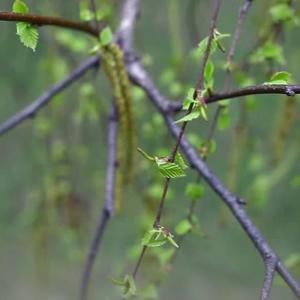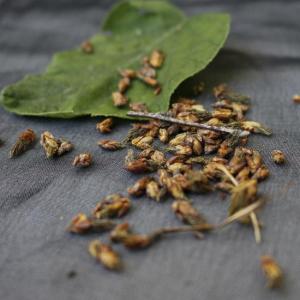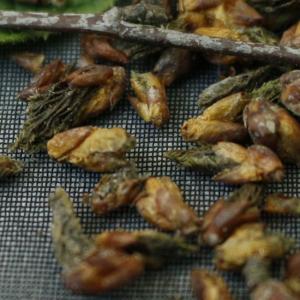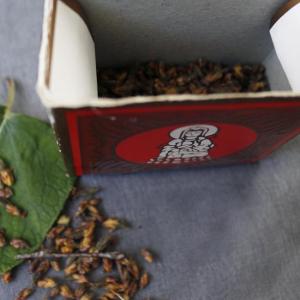
SILVER BIRCH BUDS (BETULA PENDULA) - PLANTS

BASE / GENERAL DATA
Information submited: May 5, 2016 Modified: February 21, 2018 By: OperaDreamhouse
Betula Pendula, commonly known as Silver Birch or Warty Birch, is a species of tree in the family Betulaceae, native to Europe and parts of Asia, though in southern Europe it is only found at higher altitudes. Its range extends into Siberia, China and southwest Asia in the mountains of northern Turkey, the Caucasus and northern Iran.
Silver Birch is a genuine native, growing here since the end of the Ice Age. The birch is a temperate tree, grown as an ornamental plant, also for its timber. It is used for a range of purposes, from broom-making and steeple-chase fencing to medicines.
The Silver Birch is a medium-sized deciduous tree that owes its common name to the white peeling bark on the trunk.
The Silver Birch is a medium-sized deciduous tree, typically reaching 15 to 25 m tall with a slender trunk usually under 40 cm diameter. The twigs are slender and often pendulous and the leaves are roughly triangular with doubly serrate margins and turn yellow in autumn before they fall.
Silver Birch can be used to improve soil quality for other plants to grow. Its deep roots bring otherwise inaccessible nutrients into the tree, which are recycled on to the soil surface when the tree sheds its leaves.
The catkins appear early in spring and release their pollen in clouds during April. The leaves emerge shortly after, a bright emerald green at first, turning golden in autumn.
The buds are small and sticky, and development is sympodial, that is to say the terminal bud dies away and growth continues from a lateral bud. Some shoots are long and bear the male catkins at the tip, while others are short and bear female catkins. The immature male catkins are present during the winter but the female catkins develop in the spring, soon after the leaves unfurl.
Silver Birch is a genuine native, growing here since the end of the Ice Age. The birch is a temperate tree, grown as an ornamental plant, also for its timber. It is used for a range of purposes, from broom-making and steeple-chase fencing to medicines.
The Silver Birch is a medium-sized deciduous tree that owes its common name to the white peeling bark on the trunk.
The Silver Birch is a medium-sized deciduous tree, typically reaching 15 to 25 m tall with a slender trunk usually under 40 cm diameter. The twigs are slender and often pendulous and the leaves are roughly triangular with doubly serrate margins and turn yellow in autumn before they fall.
Silver Birch can be used to improve soil quality for other plants to grow. Its deep roots bring otherwise inaccessible nutrients into the tree, which are recycled on to the soil surface when the tree sheds its leaves.
The catkins appear early in spring and release their pollen in clouds during April. The leaves emerge shortly after, a bright emerald green at first, turning golden in autumn.
The buds are small and sticky, and development is sympodial, that is to say the terminal bud dies away and growth continues from a lateral bud. Some shoots are long and bear the male catkins at the tip, while others are short and bear female catkins. The immature male catkins are present during the winter but the female catkins develop in the spring, soon after the leaves unfurl.

SPIRITUAL PRACTISES DATA

MEDICINE / HEALTH DATA

BEAUTY / COSMETICS DATA

FOOD / COOKING DATA
COMMENTS
No comments.





